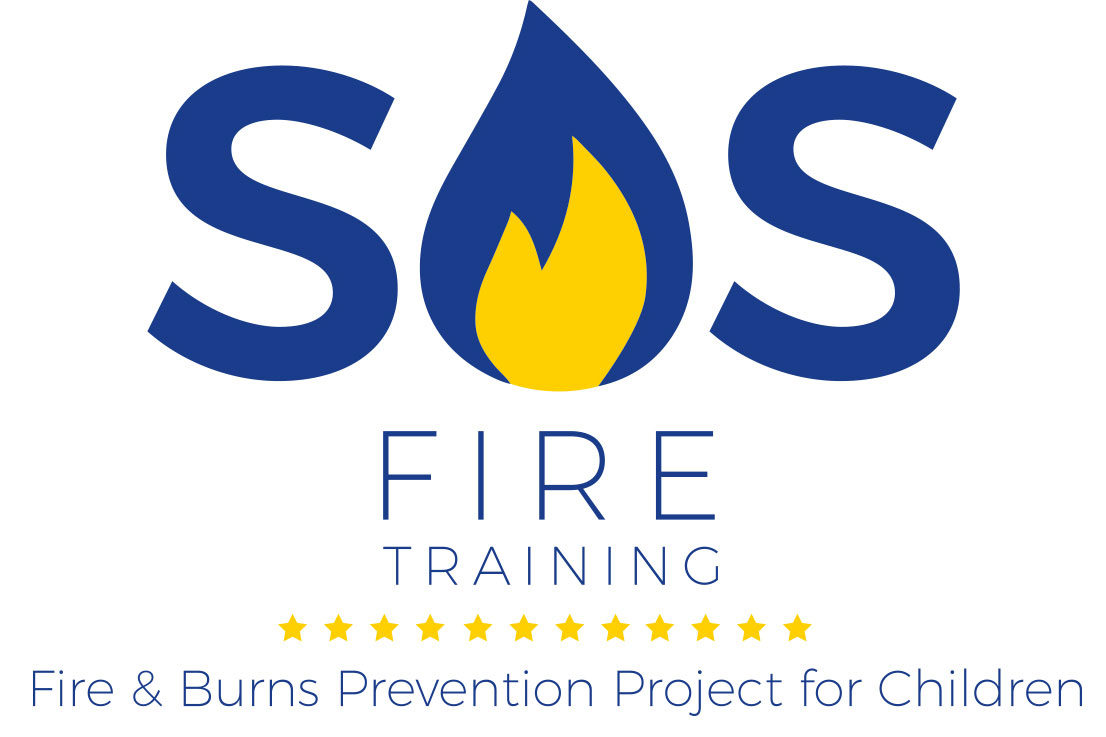Target public:
- Primary school pupils
- Secondary school pupils
- School staff: teachers, head teachers, administrative staff, pedagogues, etc.
- Parents and families – Local communities: local authorities, fire brigades, hospitals, social workers,
NGOs working with deprived communities, etc - European community at large
PRIMARY SCHOOL | SENCONDARY SCHOOL | |
| The training courses will include the following aspects: Recognition of risk situations: – occupations that increase exposure to fire – poverty, overcrowding and lack of proper safety measures – placement of young children in household roles such as cooking and care of small children – underlying medical conditions, including epilepsy, neuropathology, alcohol abuse and smoking – easy access to chemical – use of kerosene as a fuel source for non-electric domestic appliances – inadequate safety measures for liquefied petroleum gas and electricity – cooking methods as Barbecues – transform a risk situation into a safe situation – identify sources of danger and different kind of burns – how to act, evacuate and leave in a fast manner – provide good advice in case of accidents | The programme for the secondary school teachers and children will also include a first aid check list that will be delivered in a practical way to the students and will, among others, include the following: DO’s – Stop the burning process by removing clothes and irrigating the burns – extinguish flames by allowing the patient to roll on the group or by applying a blanket – use cool running water to reduce the temperature of the burn – in chemical burns, remove or dilute the chemical agent by irrigating with large volumes of water – wrap up patient in clean cloth or sheet and call emergency services to place the patient in the nearest appropriate facility for medical care. DONT’s – Do not start first aid before ensuring your own safety (swith off electrical current, wear gloves for chemicals, etc) – Do not apply paste, oil or raw cotton to the burn – Avoid prolonged cooling with water; it will lead to hypothermia – Do not open blisters – Do not apply any material directly to the wound as it might become infected – Do not give medication until the patient has been placed under appropriate medical |
